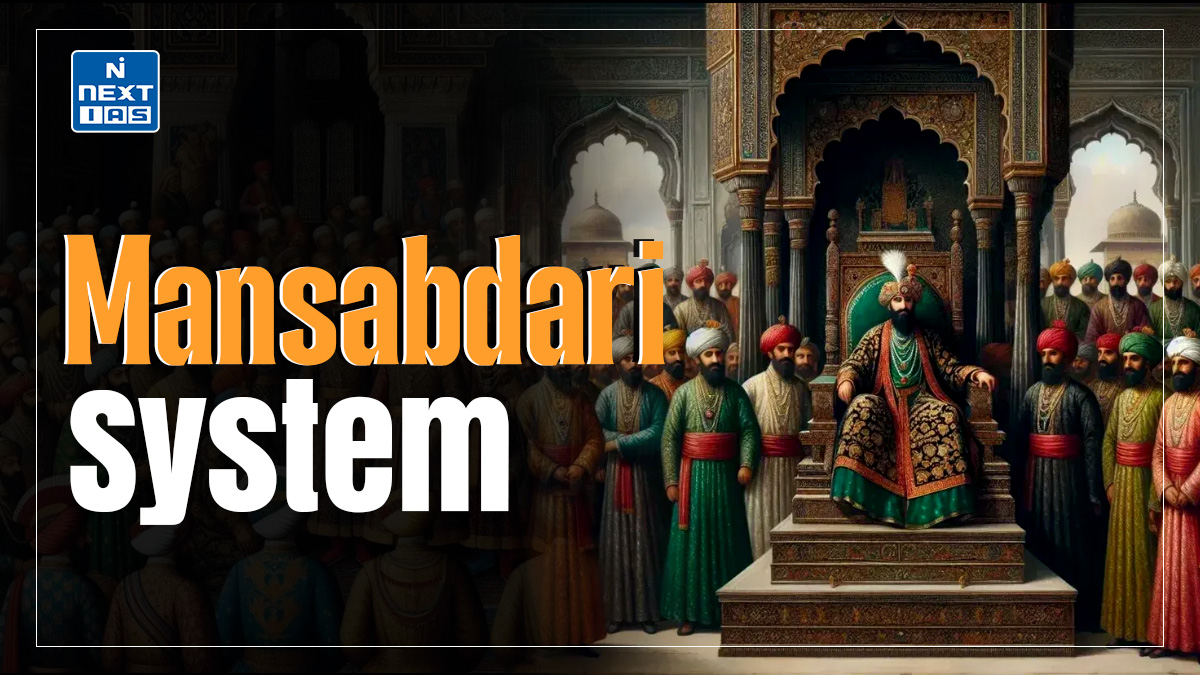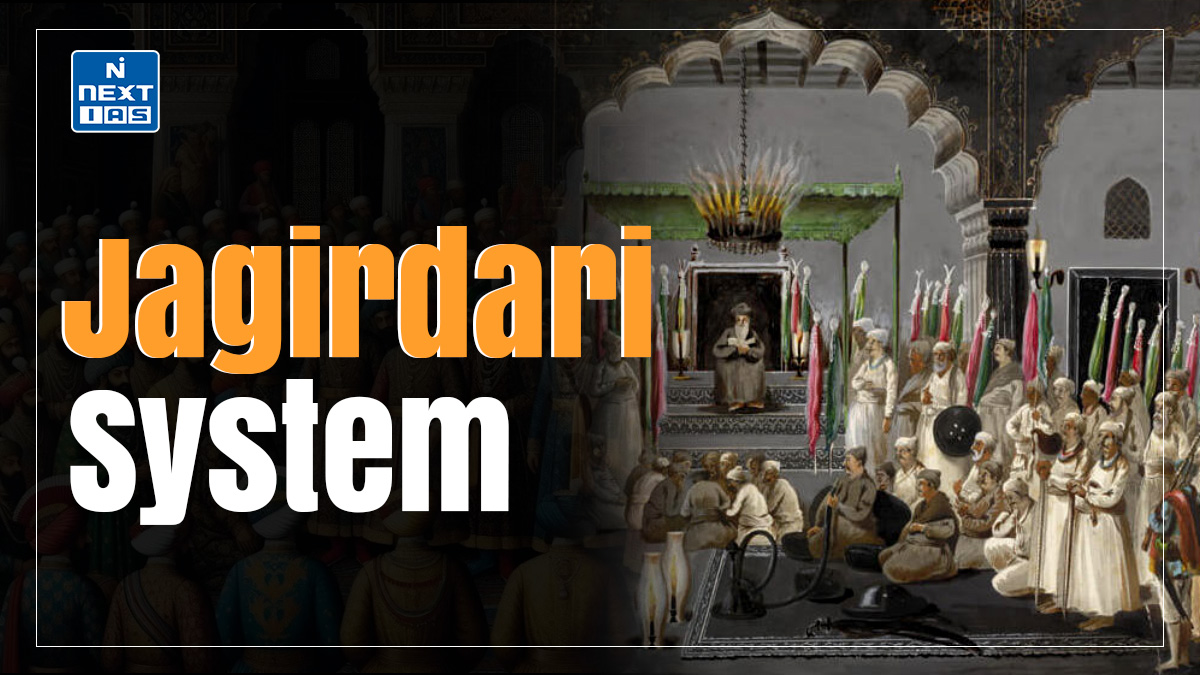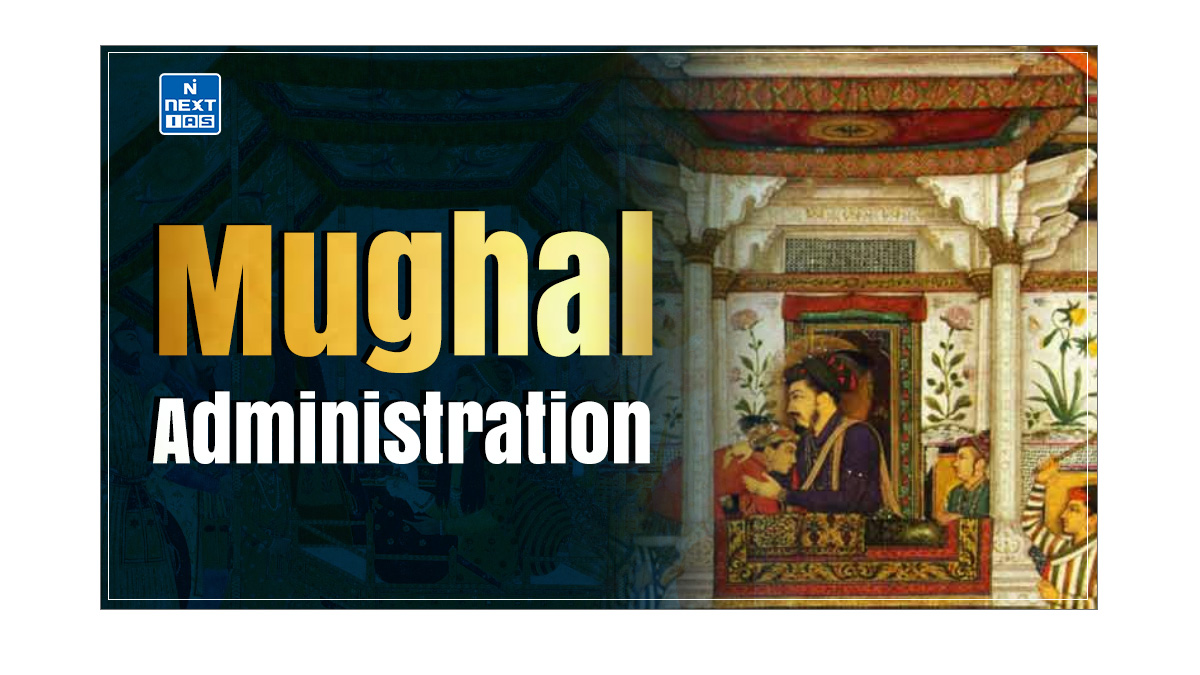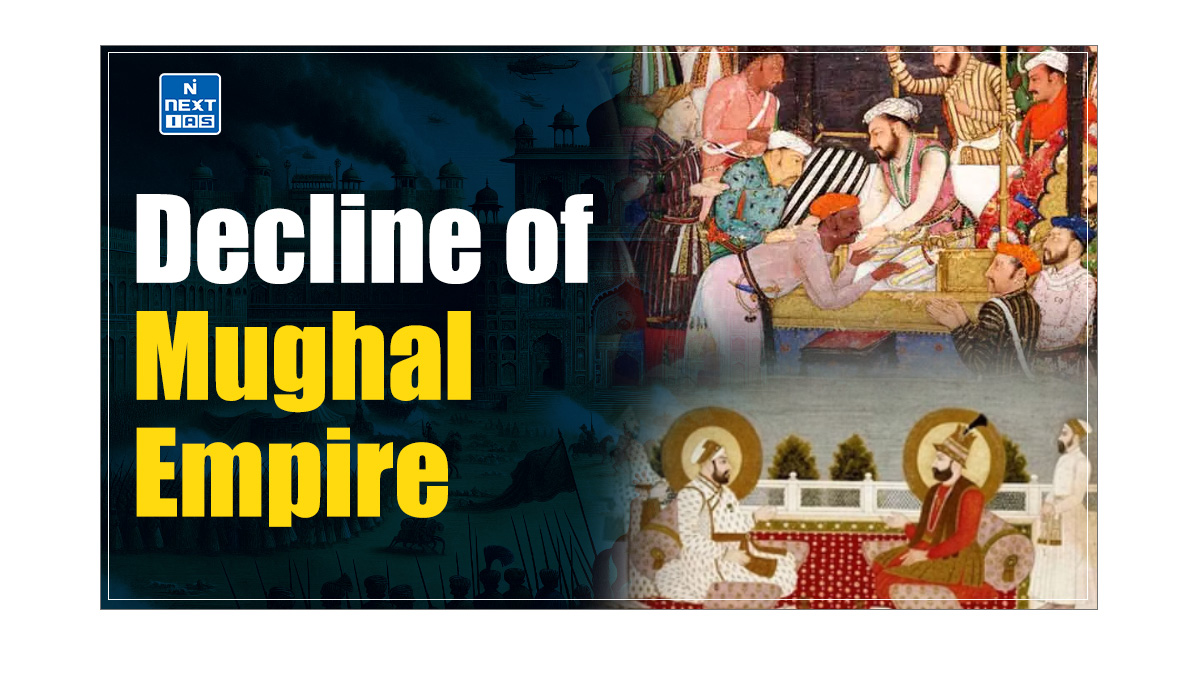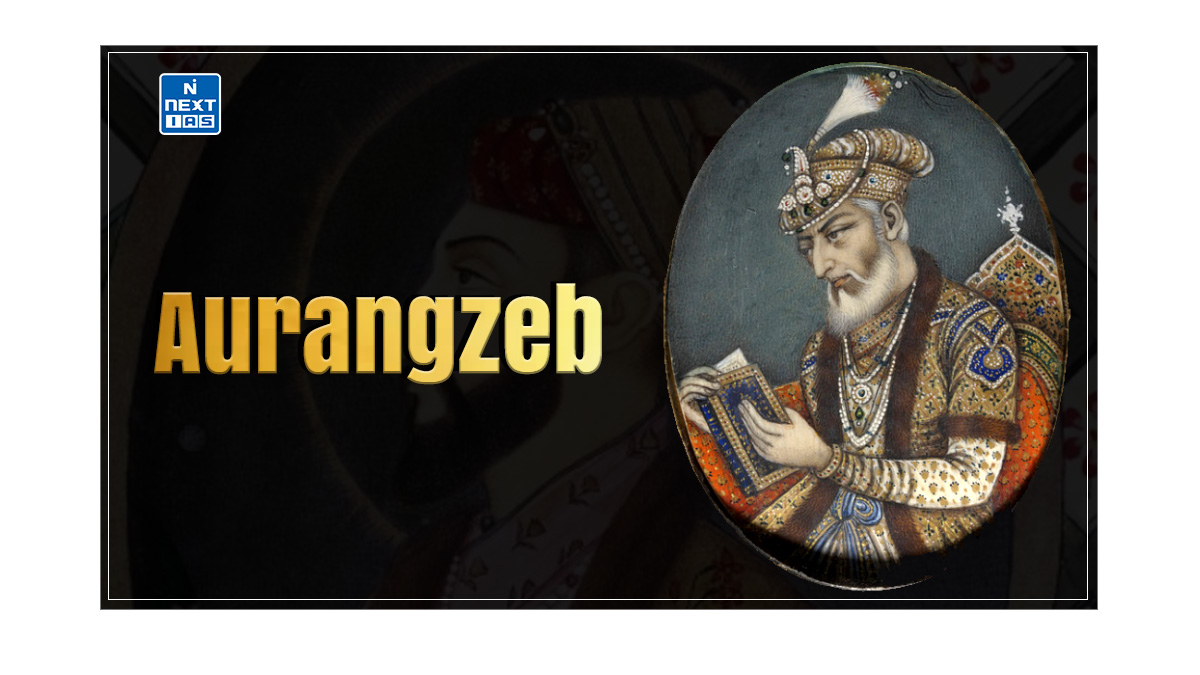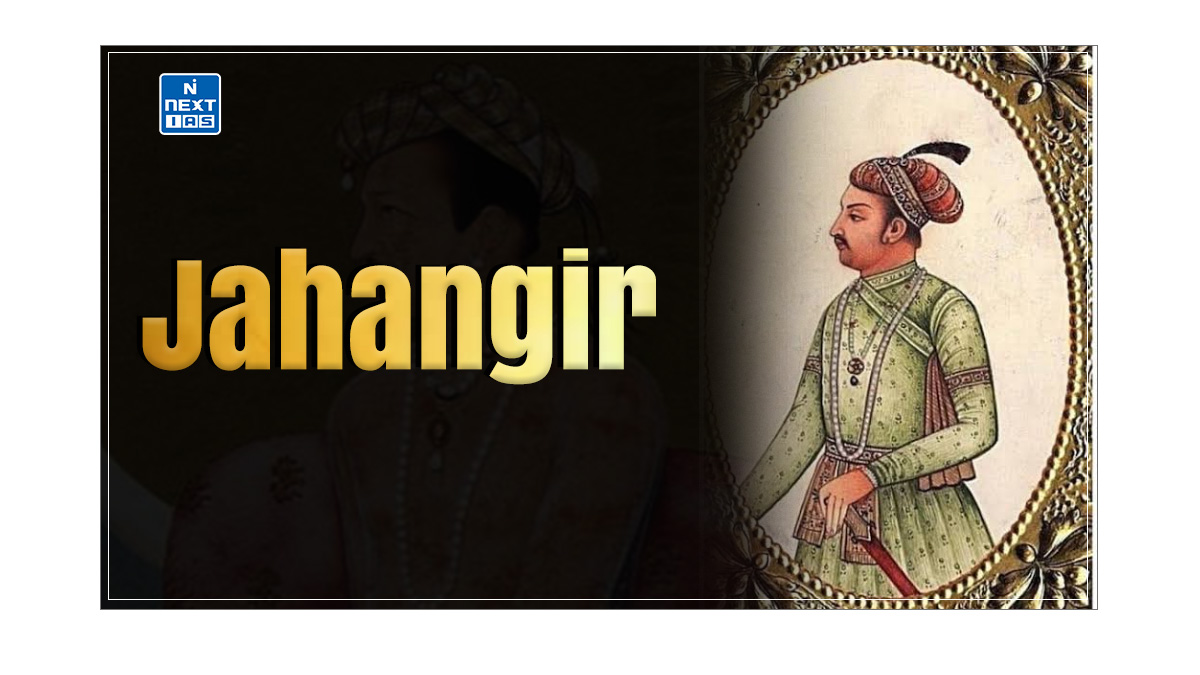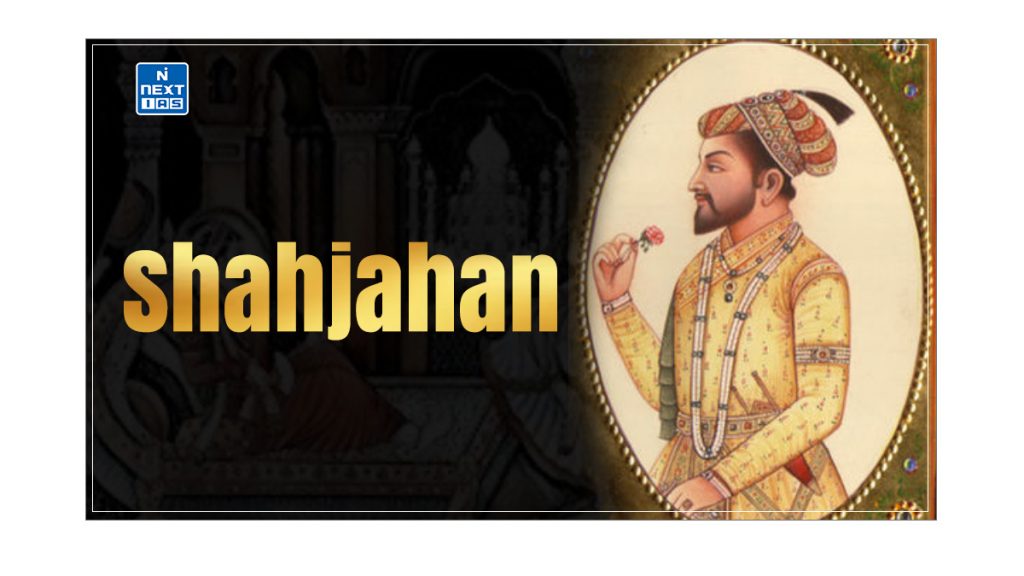
Shah Jahan, the fifth emperor of the Mughal Empire, is renowned for his grand architectural vision and the expansion of Mughal influence across India. His reign marked the pinnacle of Mughal architecture, symbolizing the empire’s cultural and artistic zenith. This article aims to study in detail Shah Jahan’s architectural achievements, military campaigns, religious policies, and lasting impact on the Mughal Empire.
About Shah Jahan
- The death of Emperor Jahangir in 1627 led to a brief struggle for succession, ending with Prince Khurram ascending the Mughal throne in 1628 as Emperor Shah Jahan.
- Known for his grand architectural legacy and military prowess, Shah Jahan presided over a period often called the “Golden Age” of the Mughal Empire.
- His reign, marked by magnificence and prosperity, elevated Mughal architecture and art to new heights, leaving behind iconic structures and monuments still celebrated today.
Read our detailed article on the Mughal Empire, Babur, Humayun, Akbar, Jahangir, Aurangzeb, Mughal Administration, Mansabdari System, Jagirdari System and Decline of the Mughal Empire.
History of Shah Jahan
- His reign, often hailed as the “Golden Age” of the Mughal Empire, was characterised by cultural prosperity, significant architectural advancements, and expansive military campaigns.
- Shah Jahan is best remembered for his monumental contributions to Mughal architecture, including the world-renowned Taj Mahal he built in memory of his wife, Mumtaz Mahal.
- His administration strengthened the empire’s central authority, while his military conquests secured territories in the Deccan and maintained the empire’s borders.
- However, his final years were overshadowed by a brutal succession conflict among his sons, which led to his imprisonment by his son Aurangzeb, who ultimately succeeded him.
Architectural Achievements of Shah Jahan
- Shah Jahan’s reign is best remembered for his contributions to Mughal architecture, which reached its pinnacle during this period.
- He commissioned numerous structures that displayed the elegance and sophistication of the Mughal style, blending Persian and Indian architectural elements.
- Notable structures include the Taj Mahal, built in memory of his beloved wife Mumtaz Mahal, the Red Fort in Delhi, Diwan-i-Aam, Diwan-i-Khas, Jama Mosque, Shish Mahal, and the Moti Mosque.
- His architectural projects emphasised symmetry, intricate inlay work, and grandeur, setting a benchmark for subsequent architectural endeavours in India.
Military Campaigns and Conquests of Shah Jahan
- Shah Jahan was an able military commander who undertook various campaigns to expand and secure the Mughal Empire.
- His Balkh campaign aimed to secure a friendly ruler in the strategically important regions of Balkh and Badakhshan, which bordered Kabul.
- In the Deccan, he focused on subjugating the independent state of Ahmednagar, enlisting the help of Adil Shah of Bijapur and Shahji Bhonsle, father of Shivaji.
- Despite temporary resistance, he successfully brought Ahmednagar under Mughal control.
- He later forced the rulers of Bijapur and Golconda to accept Mughal suzerainty, leading to a period of relative stability in the Deccan.
Religious Policy of Shah Jahan
- Shah Jahan was a devout Sunni Muslim, and his early reign exhibited orthodox policies, including a ban on Hindu temple construction and a brief imposition of a pilgrimage tax on Hindus.
- While initially displaying intolerance, his stance softened over time, likely influenced by the liberal views of his favourite son, Dara Shikoh, and his daughter, Jahanara.
- He began patronising Hindu scholars, including Kavindra Saraswati and Sundar Das, and supported translations of Hindu texts into Persian.
- This shift reflected a move toward religious tolerance, even though his initial policies had caused some discontent among non-Muslims.
Relations of Shah Jahan with European Traders
- The Mughal Empire’s interactions with European traders grew under Shah Jahan.
- While the Portuguese initially had trading rights in Bengal, their imposition of heavy duties and involvement in the slave trade led to tensions.
- In 1641, Shah Jahan attacked and seized the Portuguese stronghold in Hugli. Meanwhile, the Dutch and English East India Companies expanded their trade in India, establishing centres at Surat, Agra, and Hugli.
- Although wary of European influences, Shah Jahan’s reign saw a rise in international trade that enriched the Mughal treasury.
Cultural Patronage of Shah Jahan
- Shah Jahan’s court became a culture centre, attracting poets, musicians, dancers, and painters of all faiths. Kalim, his poet-laureate, and artists from across India and Persia found patronage under his rule.
- His eldest son, Dara Shikoh, played a pivotal role in cultural activities. He translated the Upanishads into Persian and authored Majma-ul-Bahrain, a work reflecting his quest for harmony between Islam and Hinduism.
- Shah Jahan’s court was a melting pot of artistic expression, encouraging creativity that enriched Indian culture.
Deccan Policy of Shah Jahan
- Shah Jahan’s strategic interests in the Deccan region were motivated by the recurring threats posed by Ahmednagar, Bijapur, and Golconda.
- His determined campaigns led to the annexation of Ahmednagar and treaties with Bijapur and Golconda in 1636, effectively recognising Mughal supremacy across the Deccan.
- These treaties ensured a relatively peaceful Deccan for the Mughal Empire, allowing Shah Jahan to consolidate power across India.
The War of Succession
- As Shah Jahan aged, a brutal war of succession ensued among his four sons—Dara Shikoh, Shuja, Aurangzeb, and Murad.
- Shah Jahan favoured Dara Shikoh, but his sons vied for the throne when he fell ill in 1657. Aurangzeb, a skilled military strategist and diplomat, allied with Murad to overpower Dara in the Battle of Samugarh in 1658.
- After securing victory, Aurangzeb imprisoned his father in Agra Fort and executed his brothers, ultimately seizing the throne. Shah Jahan remained confined in the fort until he died in 1666.
Evaluation of Shah Jahan’s Reign
- Shah Jahan’s reign was marked by opulence and monumental achievements in art and architecture, contributing to what many consider the “Golden Age” of the Mughal Empire.
- His rule brought peace and prosperity, enhancing trade and cultural exchanges that enriched the empire.
- However, his lavish spending on architectural projects and costly military campaigns strained the empire’s finances, foreshadowing challenges that would surface under his successors.
- Despite these issues, Shah Jahan’s legacy remains enduring, and his contributions to India’s architectural heritage inspire awe.
Conclusion
In conclusion, Shah Jahan’s reign represents a period of grandeur and cultural flourishing in the Mughal Empire, exemplified by architectural marvels, cultural patronage, and strategic military campaigns. His rule left an indelible mark on Indian history, making him one of the most celebrated emperors of the Mughal dynasty.
GS - 1